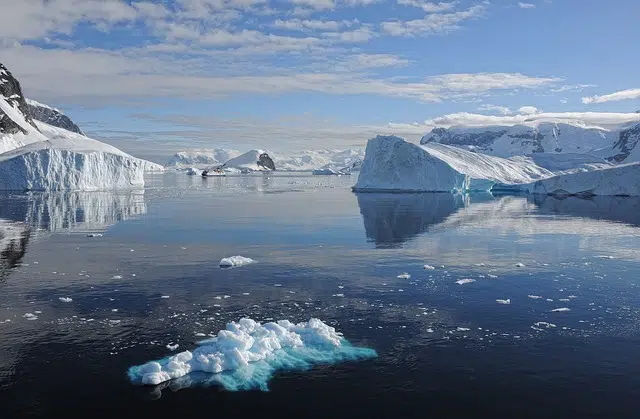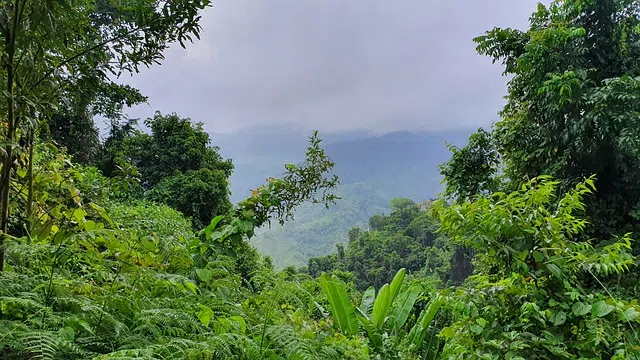
In a natural environment, human intervention is reduced.
The notion of environment comes from the Latin term ambĭens and is linked to that which surrounds something or a context. Natural , for its part, is an adjective related to nature .
The land that has not been altered by humans is called the natural environment ; That is, it is presented as it was created by nature . Since the presence of man always, in one way or another, ends up modifying the environment, the notion is usually used to name a region of particular importance due to its natural characteristics.
Characteristics of a natural environment
In the strictest sense of the concept, the natural environment is an uninhabited area (or, at least, not massively inhabited), whose space is not organized. An example of a natural environment, in this way, is Antarctica . On this continent, located at the south pole, there are no cities: there are only a few scientific and military bases installed. People, therefore, did not substantially modify the landscape or the natural characteristics of the place.
It is important to keep in mind that the definition of natural environment is not strict. A beach located next to a fishing village, where there are some buildings and minimal infrastructure, can be considered a natural environment. The idea does not imply the absolute absence of people or the nonexistence of human works. Furthermore, urban development throughout the planet means that there is no completely natural place that has not received any effect from the actions of people, since the atmosphere of planet Earth itself has changed over the course of history.
The natural space and the natural landscape
Two concepts that can be used synonymously with natural environment are natural space and natural landscape . In addition to the examples set out above, we can also consider within this group certain tropical forests where humans do not use fire , although they do travel through them for the purposes of collecting food and hunting, and the same occurs with some mountains.

Little or no population density is a characteristic feature of a natural environment.
In other words, one of the determining factors to know if an environment is natural is how populated it is by human settlements : if the density is very low, or if people travel through it but do not stay in it or affect it considerably. or irreversible, then we can consider it natural. Of course, we are getting closer and closer to the total disappearance of spaces of this type, as our species advances mercilessly into every corner of the planet in search of resources.
Broadly speaking, we can say that there are two types of natural environment: the coastal one , which is very close to the sea, or even close to the water; the inland , which is relatively far from the sea, and this includes the valley, the plain and the mountains. The opposite concept is the ordered landscape , which describes spaces such as dams and cities, among many others that are the product of a strong alteration of the natural environment.
How a natural environment is determined and classified
The classification of natural environment is very broad, and in it we find parks (a group in which are national, regional and natural), reserves (both scientific and comprehensive) and monuments .
There is a list of requirements that a space must meet to be considered a natural environment:
* must represent some natural geomorphological or geological formation, some ecosystem or natural landscape;
* must play an important role in the conservation of ecosystems, guaranteeing the continuity of the evolution of the species that depend on it, as well as the balance of the environment;
* must contribute to the conservation of animal or plant communities, necessary to prevent any of their species from disappearing.
